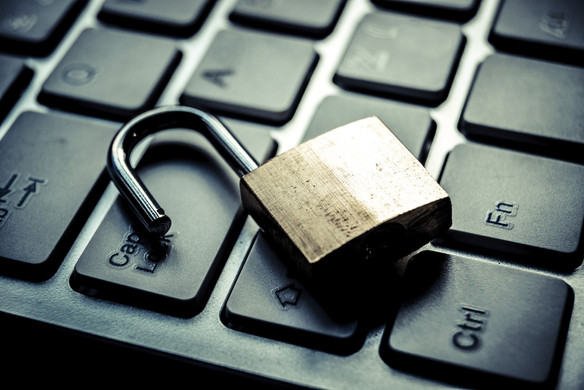Table of contents
Every successful business has a solid foundation — with security as a base layer. Square takes care of a big part of this by making sure every single transaction is secure from the point of sale until it’s transferred into your account.
But there are other aspects of your business that you should also make sure are locked down. Here’s a security checklist for your business:
1. Secure your physical store
Investing in top-notch security solutions for your storefront can help you rest easy about break-ins and theft. First and foremost, you need an alarm system. The best type of alarm system varies widely from business to business (a high-end jewelry store probably needs a different kind of alarm than a coffee shop), so it’s wise to do your research. Most reputable alarm system providers will come out to your site to do an assessment before recommending an option. So shop around — and make sure to get a solution you’re comfortable with. To thwart theft, security cameras are also a good idea.
2. Use smart passwords
Do you have two-factor authentication enabled on your most important apps? If the answer is no, it’s time to sit down and set it up. For those not familiar with the concept, two-factor authentication is a security process that requires not one but two methods of verification to log in. Many web services and apps — like your Square Dashboard — send a text message with an additional code that you need to log in. Learn how to set up two-step verification on your Square account.
You should also make sure to follow password best practices. That means changing your passwords frequently — things like door codes and logins to any online service your business uses, including email. It also means making sure your passwords are rock solid. A strong password has at least eight characters, upper and lowercase letters, numbers, and symbols.
3. Use the cloud
Storing sensitive information right on your computer is not a good idea. If your computer is lost or stolen, it’s all right there. Keeping business data in the cloud is a better option — especially because cloud-based data is encrypted (i.e., very secure).
4. Educate yourself (and your employees) on payments best practices
Make sure both you and your employees have best practices for accepting credit cards down pat. It’s also a good idea to keep yourself educated about all the upcoming changes in payments technology. We have a whole section of this blog dedicated to that. You can also sign up for our monthly newsletter to stay up to date.
5. Enable different permission levels for employees
Don’t give all your employees the same level of access in your systems. Only people you know and trust should be able to see your most sensitive business information. Square Employee Management lets you set permission levels for each of your employees — so you have control over who can access what on the back end.
Keeping things secure is critical to the success of your business. If you follow these tips, you can rest a little easier.
![]()











